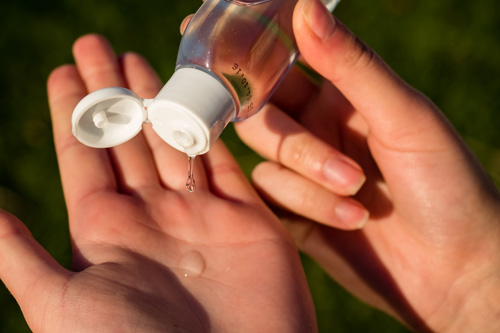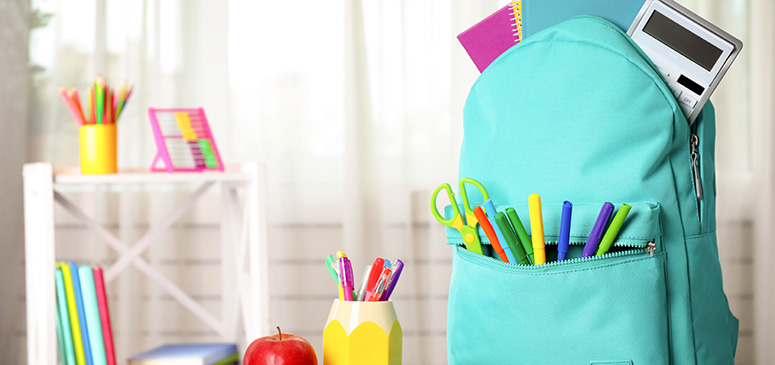In the midst of this uncertain “back-to-school” time, there are a few ways to provide your keiki with eco-friendly and money saving tips that can apply to both in-person and virtual learning environments.
Starting the year off by utilizing what you already own is one of the best and simplest ways to prevent unnecessary spending and excess waste.
Wear your existing wardrobe
- If your student will be taking part in in-person, socially distant learning, look through their closet to see if their existing uniforms or school wardrobe will be enough for at least the first semester.
- For those doing virtual learning, the stay-at-home wardrobe will likely be satisfied by what is currently in your student’s closets and drawers.

- If possible, skip the back to school clothes shopping in order to save money and resources.
- This time of year is also a great time to go through your student’s wardrobe and donate anything that no longer fits.
- Should you need to purchase new clothing, consider shopping at thrift stores and look for sustainable fabric options such as cotton and bamboo.
Take inventory of your supply closet
- Before shopping for additional supplies, make note of what you already have around the house. Use up those extra notebooks, pencils, crayons, and scissors before buying more.
- Virtual learning may require some inventive tools, so be sure to check with your student’s school to see what additional supplies may be needed. If shopping is necessary, be sure to read the labels for eco-friendly and bio-degradable options. Avoid plastic pencil cases and supplies in individual plastic wrapping.

Depending on how the school year plays out, students – especially high school and college students – may be responsible for obtaining their own learning materials, such as textbooks, notebooks, or computers. This can be both costly and wasteful, as most textbooks are only needed for a year or even a semester.
Buy pre-owned materials
- Used textbooks are often less than half the price of new ones. We recommend browsing the internet or checking your local bookstore for ISBN numbers to find the cheapest options and student deals.
Resell textbooks
- When the semester or school year is over and your student no longer needs their textbooks, they can resell them to a used book store or online merchant. Not only will they recoup some of the money they spent, but will also reduce waste.

Utilize student deals
- Many companies offer student discounts, which can save a substantial amount of money on anything, from books to electronics for the school year.
Review cleaning supplies and hand sanitizers
- Be sure to use non-toxic and natural cleaners, especially when picking hand soaps and sanitizers for your child’s skin. Reducing the spread of germs is extremely important at this time, but doing your research on the safety of your cleaning agents is just as important.

Last but not least, explain to your student why they should be making “greener” choices. Teaching students about the importance of being eco-friendly is crucial to creating more conscious thinking when it comes to our protecting the environment. The choices of our younger generations will shape the future of our planet.
Sources:
Small Footprint Family: 10 Green Back to School Tips
National Geographic: Eight Ways to Go Green for Back to School

